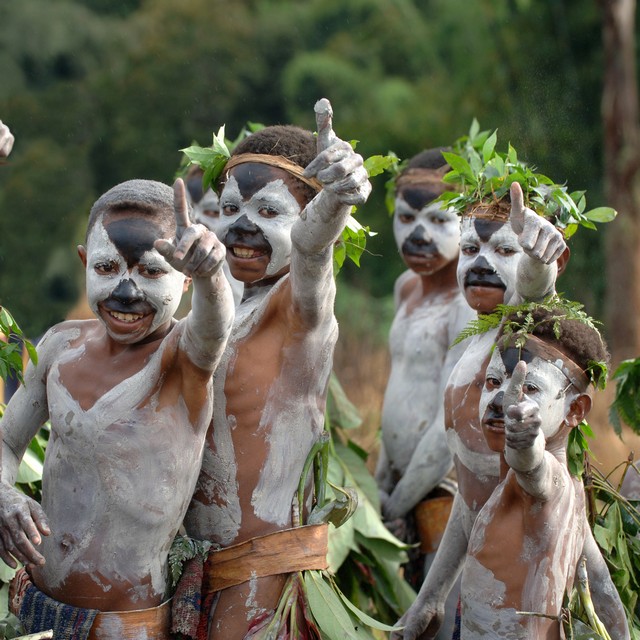
Papua New Guinea Explorer
Papua New Guinea
Culture | Tribal
Ancient tribal traditions and azure seas
£7,445 pp
This is the per person group tour price, based on 2 sharing. The price is subject to change with exchange rate and flight cost fluctuations.
14 days